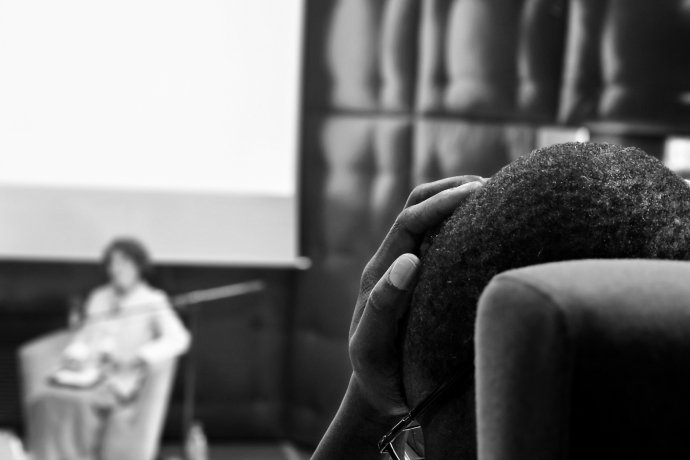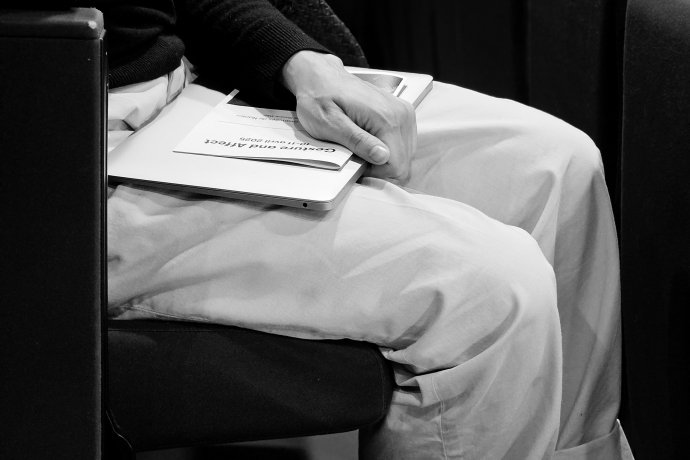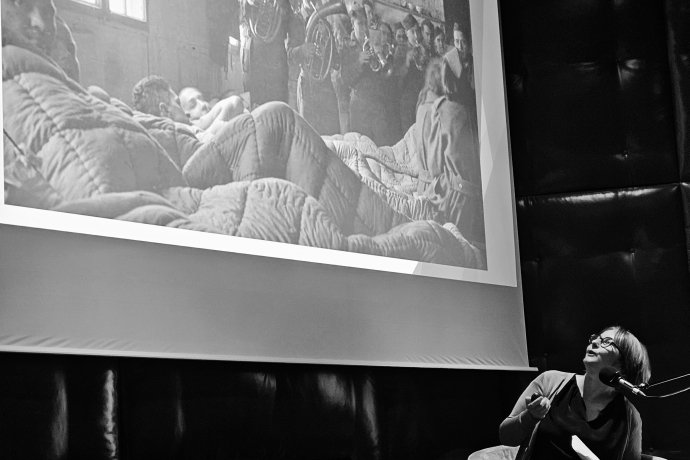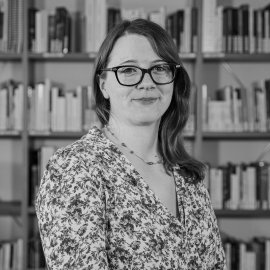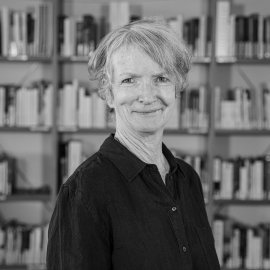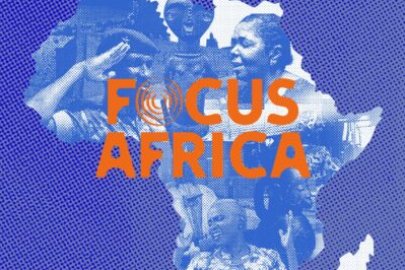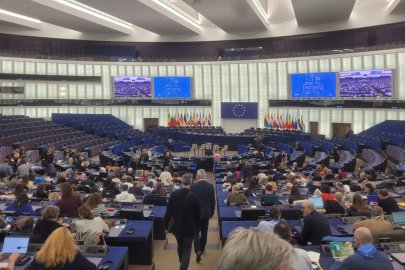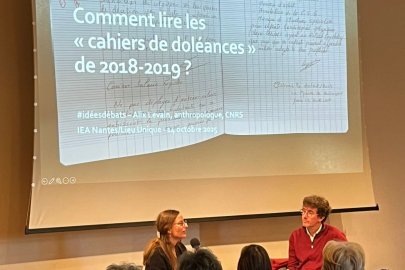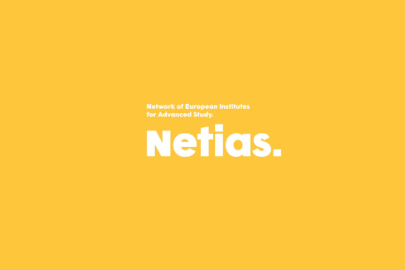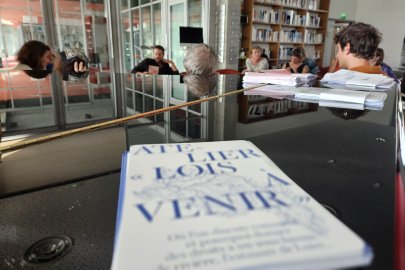On April 10 and 11, 2025, the Institute hosted the international workshop Gesture and Affect, co-organized by Patricia Hayes and Florence Ninitte. Like many other events held at the Institute, this workshop reflects its mission to foster interdisciplinary exchange, support innovative research, and strengthen connections between scholars, artists, and institutions on an international scale.
This event demonstrated just how powerful gesture—whether visible or invisible—can be as a tool for understanding the world and human emotions. It serves as a starting point for many future explorations, both academic and creative. The Institute is proud to have been the site of this intersection of disciplines and remains committed to creating spaces where ideas can circulate freely and international collaboration can flourish.
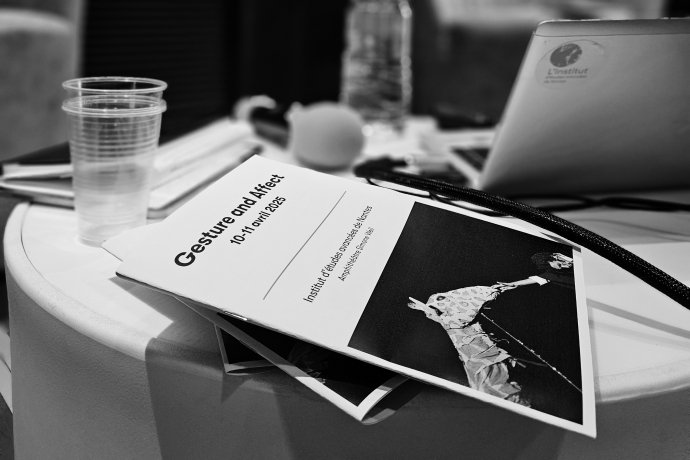
The central aim of the workshop was to explore gesture not only as a means of action, but also as a meaningful form in itself—capable of expressing emotions, affects, and collective memories. Drawing on the work of Georges Didi-Huberman and his concept of Pathosformeln (formulas of pathos), the organizers sought to examine how gestures embody prototypical emotions and how they are reimagined across time and context.
The discussions addressed various manifestations of gesture: narrative gestures, political gestures, gestures of protest, identity-related gestures, as well as gestures situated in specific contexts such as colonial photography or feminine and media-related gestures in public space. These explorations contributed to mapping gestures across time and reflecting on their role in social and cultural transformation.
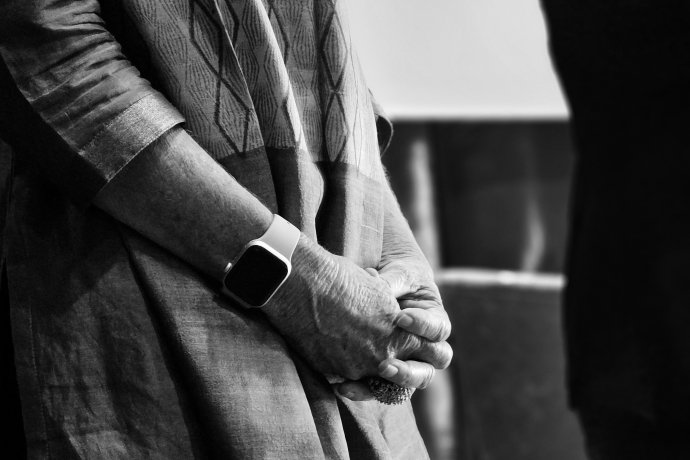
The workshop brought together participants from a range of international institutions, including the Department of Africana and American Studies (University at Buffalo, USA), the Cinema Studies Institute (University of Toronto, Canada), the Institute of Culture and Memory Studies (ZRC SAZU, Slovenia), the National Research Foundation SARCHI Chair in Visual History and Theory (University of the Western Cape, South Africa), among other prestigious institutions. Participants came from diverse fields such as history, art history, architecture, film studies, iconology, literature, and philosophy.
This disciplinary diversity was a true driving force behind the workshop, allowing for the intersection of theoretical and practical approaches and building bridges between the humanities and contemporary arts. The result was a rich and nuanced reflection on gesture—one that transcends conventional periodization and genres, and paves the way for new forms of inquiry.
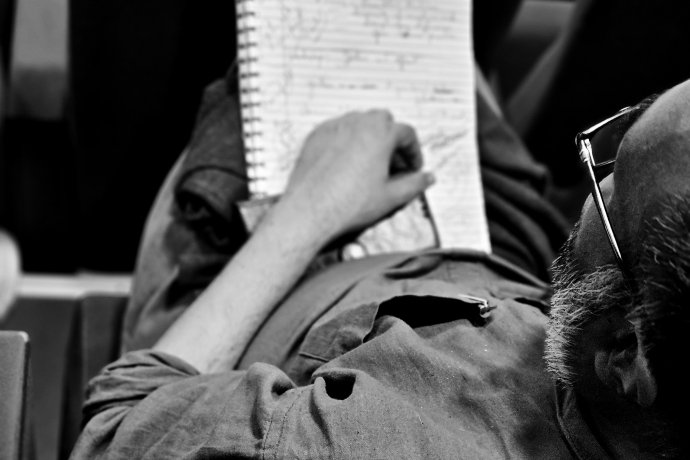
The workshop not only provided an opportunity to present original research, but also served as a space for fruitful exchanges between established scholars and early-career researchers, fostering an intergenerational dialogue. The discussions were enriched by a wide range of perspectives and highlighted the importance of examining gesture from multiple angles—as a means of expression, but also as a carrier of historical memory and affect.
These exchanges also opened up avenues for future collaborations, both academic and creative. By the end of the workshop, several cooperative projects had been discussed, including collective publications and joint research initiatives, further reinforcing the spirit of sharing and collaboration that defines the Institute’s workshops.
